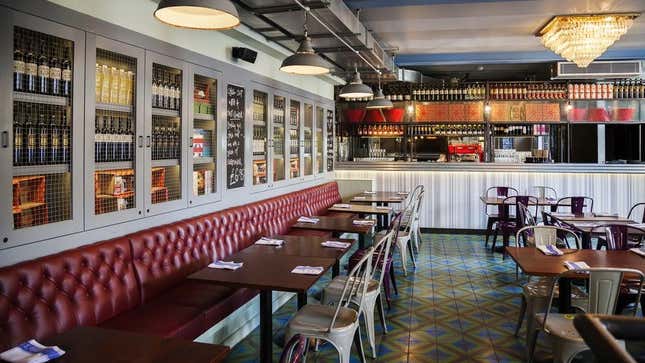
As someone with over six years of restaurant experience, from serving to dishwashing, I’ve absorbed plenty of the food industry’s lingo. Though many of these terms aren’t exactly intuitive, once you learn what they mean, they often provide a handy shortcut for conveying a message across a chaotic restaurant kitchen. In busy establishments with heavy customer traffic, there’s never enough time, and ultra-efficient language comes in handy. So put down your Duolingo lesson and learn these instead. Here are 10 restaurant terms you might be familiar with, but don’t actually know the meaning of.









